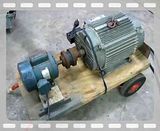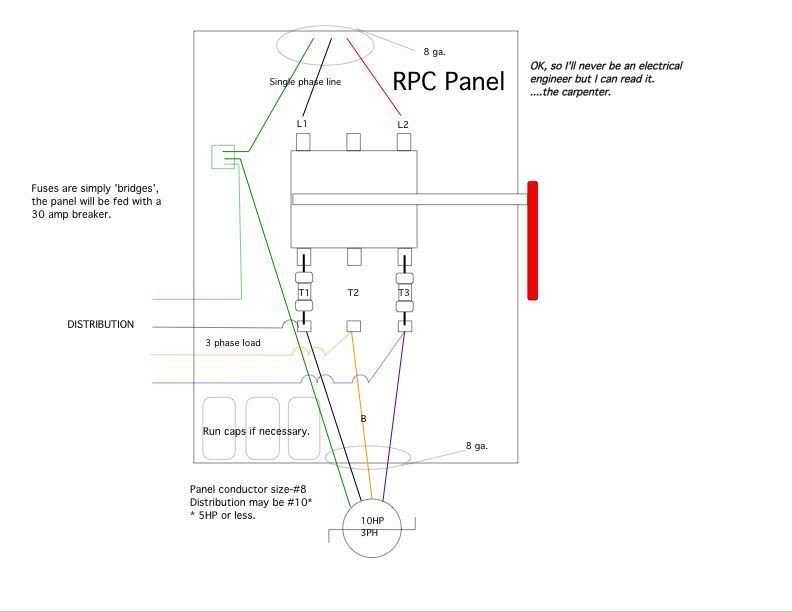Andrew937
Aluminum
- Joined
- Mar 20, 2009
- Location
- Dayton Ohio
I have an old round ram J head Bridgeport and a Southbend heavy 10 that need power. I plan on acquiring a large DoAll bandsaw and a 3 phase pedestal grinder at a later time.
I found a 20hp RPC for cheap and bought it. I know it's probably too big but I drove out to see it and had the money in my pocket. This thing is huge! Upon getting it home and plugging it in I got kinda scared. This thing is loud and intimidating. Seems to spin a little fast.
Guy said that his late father built it and ran large welders off it.
Could you guys check it out and tell me what you think?

Small motor with a 110 plug

Large motor with a plug bigger than my 220 Linclon 175sp welder plug and a very large outlet.

I found a 20hp RPC for cheap and bought it. I know it's probably too big but I drove out to see it and had the money in my pocket. This thing is huge! Upon getting it home and plugging it in I got kinda scared. This thing is loud and intimidating. Seems to spin a little fast.
Guy said that his late father built it and ran large welders off it.
Could you guys check it out and tell me what you think?

Small motor with a 110 plug

Large motor with a plug bigger than my 220 Linclon 175sp welder plug and a very large outlet.










